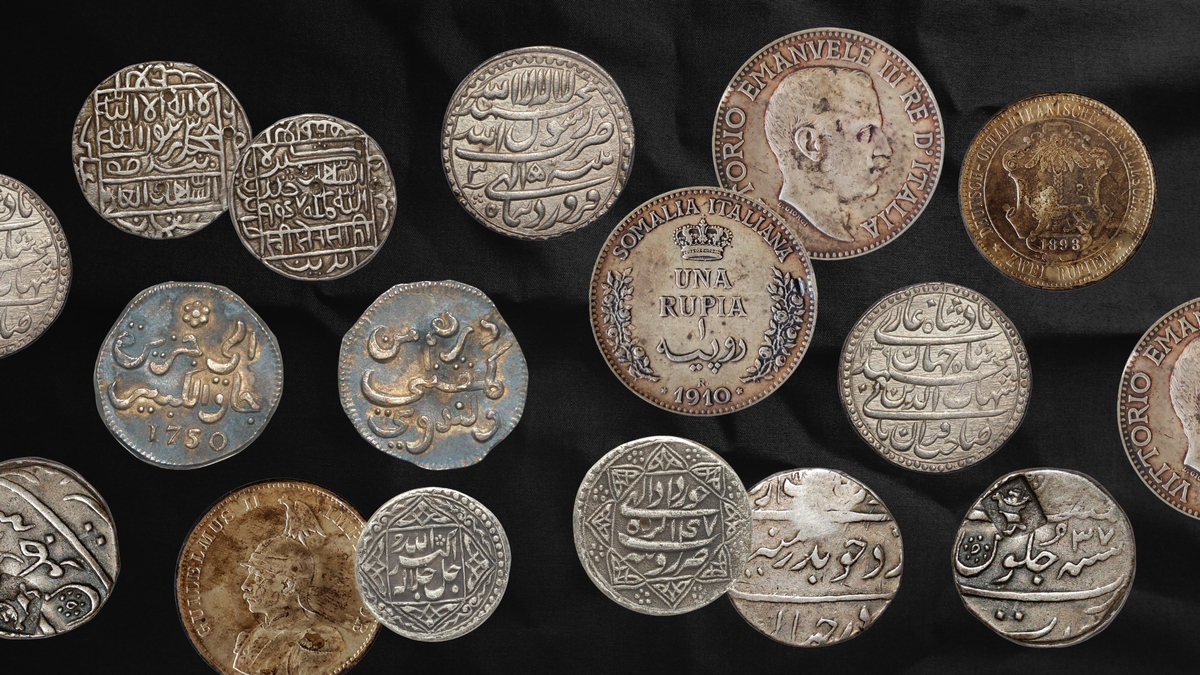As India’s instant payment tech, UPI, conquers new international markets, it evokes a sense of déjà vu in those of us who study the history of money. Today, countries like Singapore, France, the UAE and Sri Lanka are using the Unified Payment Interface (UPI) to simplify trade. In centuries past and under the colonial apparatus, the rupee was used for much the same reason.
Even until the 1960s, you could take your rupees and spend them in the Gulf countries, just like you would at home. The history of how the national denomination of India originated, circulated and was consolidated to emerge as a ‘global’ currency is fascinating. The rupee is widely believed to be an ‘invention’ of Sher Shah Suri (ruled 1540-1545), the Afghan sultan of Delhi and founder of the short-lived Suri kingdom, although the etymology of the word ‘ rupiah ’ itself can be derived from the Sanskrit rupa or rupya , which meant either ‘fashioned/wrought silver’ or ‘a form or impression’.

Suri organised coinage into two denominations: the silver rupiya weighing one tola or 11.66 grams and the copper dam , weighing 20 grams. Forty copper dams made a silver rupiya .
The sultan then established mints across his kingdom, which ensured sufficient flow of coins for use, and mandated that the states under him would make and receive payments in coins, rather than commodities. A painting of Sher Shah Suri from a manuscript of Tarikh-i-Khandan-i-Timuriya Sher Shah Suri’s silver rupee from .























